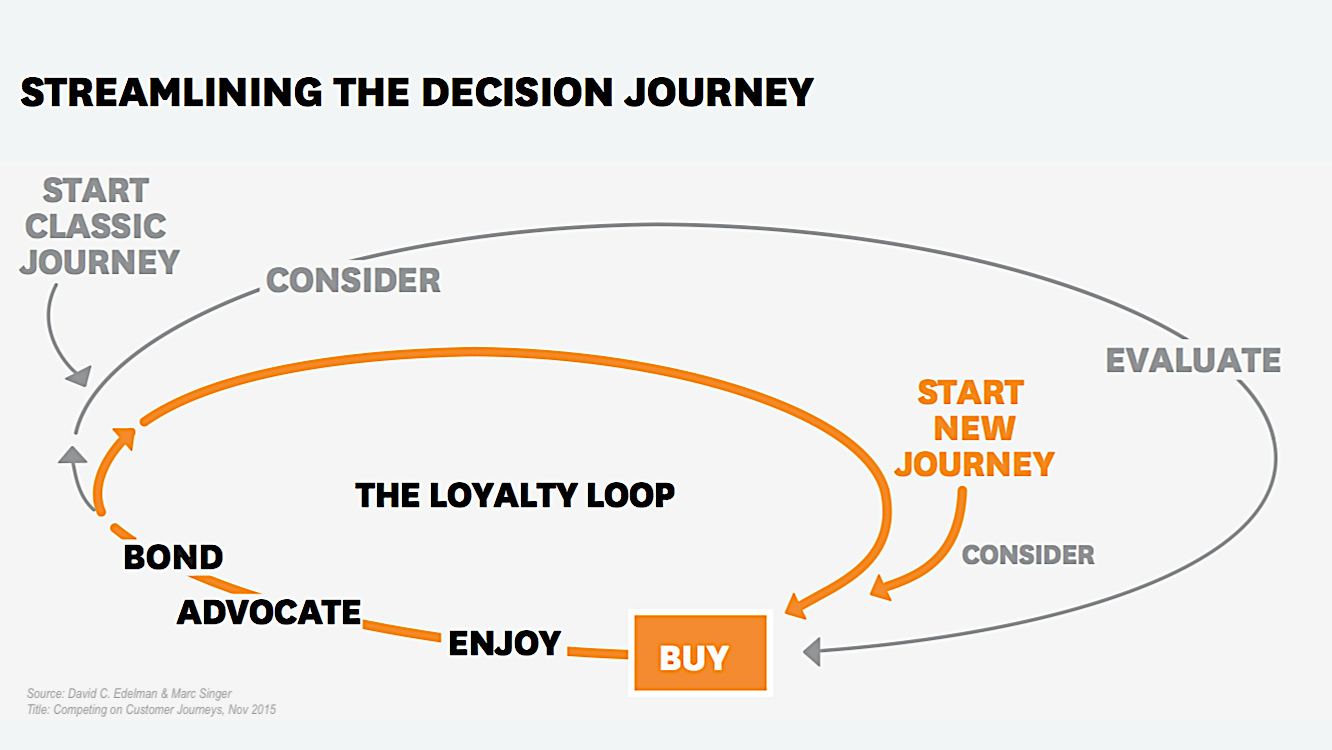
It’s not only about Agility, it’s much bigger than that
Overview
I like to think holistically about the business impact of engineering’s role on a company by always connecting development projects to business value.
Unfortunately, all too often, I see engineering organizations that operate transactionally, meaning the dominating business factors framing a project are typically time, resource skills and project costs. Those are important, but not the best leverage for creating business value.
I believe when engineering measures success in terms of growth-related business outcomes, the contribution to business value is significant—making it important to identify targeted outcomes at project onset, and not in hindsight as a justification for a new budget.
Translating a Company’s Activity into Business Value
This isn’t a new concept, it’s really central to companies that are driving Digital Business Transformation–whereby they look carefully at the customer needs and at their company’s operational processes with the purpose of translating improvement into tangible, measurable business value.
I have to admit, when Digital Transformation first emerged it felt more like marketing hype, but as I learned more it became clear how important it was to every company, in any market. The value isn’t just efficiency—doing things faster, better, smarter or different–the value is calculated as a quantifiable business need and outcome. In essence, company actions become more purposeful and deeply tied to the business’ growth performance.
So, when companies want to drive successful digital business initiatives, where do they begin?
It Starts with the Customer, a Loyalty Loop and Ultimately Advocacy
What interests me most about the concept of the Customer Journey is achieving the trusted relationship that makes the customer your advocate. Many have written about the journey path, but I am most familiar with Harvard Business Review’s “Competing on Customer Journeys” version, which eloquently points out the idea of a longer term relationship aka the “Loyalty Loop”.

The Right Engagement From Start to Never Stop
In addition to capturing new customers, every company strives toward achieving the “Loyalty Loop” with an existing customer base. When combined, the mix of revenue from new customers and existing ones highlights a company’s ability to capture market share and sustainably maintain it over time, strengthening the potential for consistent growth. This is a common financial measure of business resiliency.
If you think about what drives the bond that builds trust in a customer relationship, I believe it comes down to having the right engagement from “start to never stop.” That’s right, “never stop,” because building a relationship into an “advocacy” should elevate your focus and intentions beyond their first “purchase.”
For example, in Daitan’s case that means from first contact to day-to-day collaboration, and beyond a project’s launch—every thing we do is always with an eye on our customer’s long term strategic needs and building the relationship. It’s not transactional. It’s not just building a “team.”
"It’s co-creating with them the answers to their business’ growth initiatives. And frankly, having that mindset about every customer is what leads to long-term advocates."
How does that manifest in Daitan’s business? We maintain the right balance of new and existing customers in our mix, and the majority of our new account business comes directly from existing customer referrals resulting in a year-over-year growth rate that enabled Daitan to be awarded as a 2020 Fastest Growing Companies in the Americas by the Financial Times.
Business Outcomes are the Critical Path to Building That Relationship
One of the benefits of being the GM, Digital Solutions at Daitan, is I get to hear the real thinking inside the C-suite of our customers. Projects come to us from all levels of management, but inevitably we engage at the C-suite because whatever needs to be built, it has a core business objective that becomes the real measure of success. It also becomes the core value we want to deliver not only in the current project, but also in the context of our customer’s future growth. That is the heart of a long-term view.
When we are building products tied directly to revenue and a company’s growth, it has significant business meaning, which makes understanding the needed outcome from the onset relevant to every decision and each stage of the project; as well as how it is expected to evolve into the future.
"You can build a highly skilled “team” and leverage the best Agile practices, but that is only part of transforming into delivering data-driven, outcomes-based results."
Engineering Can Champion Business Value Creation—and Should Get Credit for It
All too often, I believe software development vendors (“outsourcing”) get over simplified into an engineering/procurement-driven transaction based on headcount at an hourly rate—and unfortunately, the value of business outcomes-based results gets lost in the process.
Lots of discussion about resumes, profiles, joint interviewing and not nearly enough around the business outcome the project—and engineering— should really be measured by.
"The fact is, if the work engineering does can accelerate sales, drive incremental revenue and/or lower the cost of acquisition (CAC), it has added significant business value every CEO, CFO or BOD will take notice of, and engineering should be credited with achieving."
But engineering and procurement executives need the same mindset as C-suite executives. And, perhaps the C-suite needs to rethink how these groups are measured so their goals are not only about product delivery, but aligned with the company’s financial growth objectives rather than so focused on cost-saving measures of a contract. An excellent paper discussing engagement approaches between engineering, procurement, and software service providers is Forrester’s paper titled, Best Practices: Co-Creating With Agile Development Service Providers – How To Build Great Software Products By Partnering With Agile Experts, authored by Duncan Jones and Christopher Condo.
The Real Structure for Delivering Business Value Through Engineering
What does a real structure for delivering business value through engineering look like? Let’s open our thinking to see the bigger perspective.
It takes 2 core pieces to make this work successfully. First, a clear association to addressing a real business problem and the desired quantifiable business outcome from the onset. The true measure of success is not just delivering “on time and on budget” using the latest Agile methodologies.
"It’s having a mindset for defining the value this work brings to the business—and meeting or exceeding that objective."
This mindset is how engineering executives really evolve their skills—by translating their organization’s work into what drives the company’s growth and market value.
Frankly, when Daitan was founded, we codified the concept of putting our customer’s business objectives front-and-center with every engagement into the company’s core Principles and Values. It matters to us in building a long term relationship with your company, but it also elevates how the work we develop together is measured and highlights engineering’s quantifiable contributions to business growth.
Second, I don’t see a simple “team” as the ideal construct. To deliver business outcomes it requires an aligned strategic perspective and a scalable, adaptive service framework with the expertise to recognize risks and opportunities to the project, solve a higher caliber of problems and chart how the project sustainably continues to deliver business value in the future. I think of it as a digital solutions service framework, holistically flexible and strategically adaptive based on data-driven decisions throughout the project that support the business outcome and identify future considerations around technology and markets. In essence, this service framework is larger than just building a product based on specifications, headcount and cost per hour. This is what business transformation requires in order to be successful.
Conclusion
At some level every company is engaged in business transformation in order to better serve customers and attract new ones. Product development and operational efficiency are means toward enabling the customer journey and achieving that “customer advocate.” Daitan has been in business for over 16 years and works with some of the most extraordinary brands to help them meet their business growth objectives. We welcome every inquiry for services to help companies develop technologies, data solutions and build software products. So, think of us as the strategic software development, data science and customer experience partner who lowers project risk, and significantly accelerates time-to-market as we deliver business outcomes. Feel free to reach out to me directly through email or LinkedIn if you’d like to discuss this concept further.


